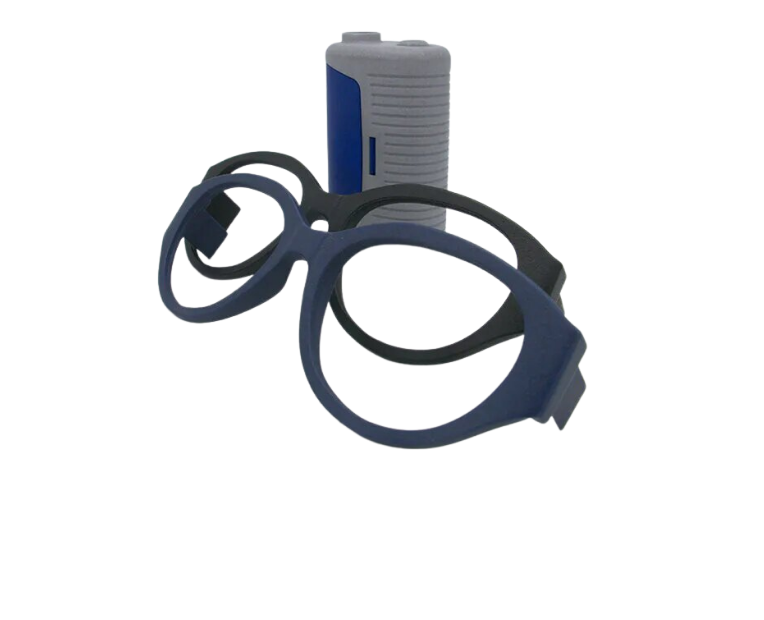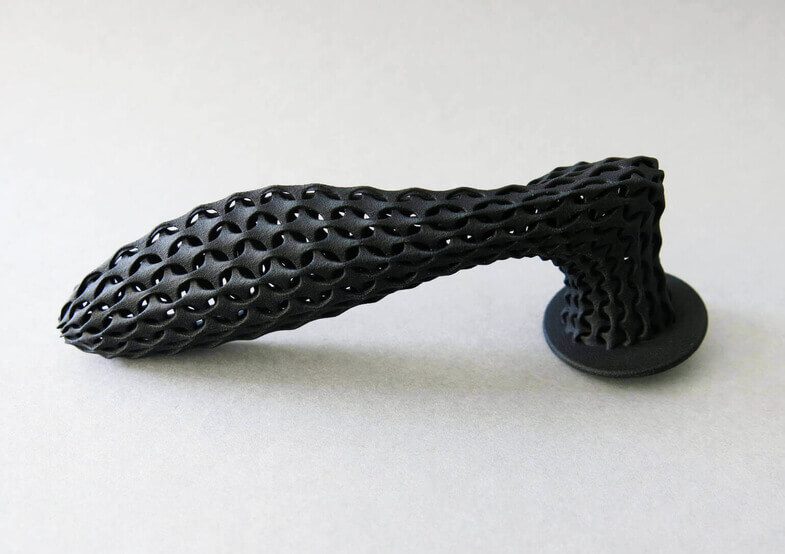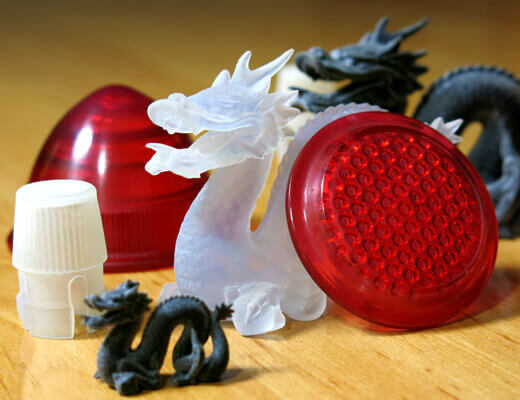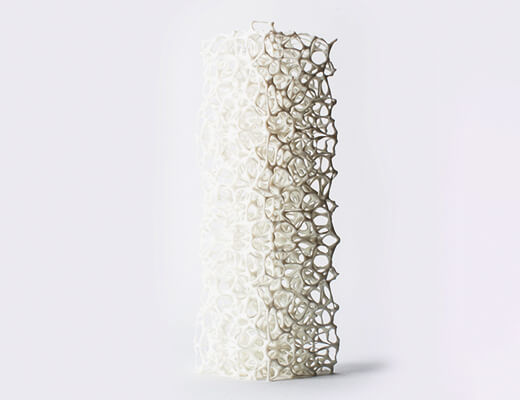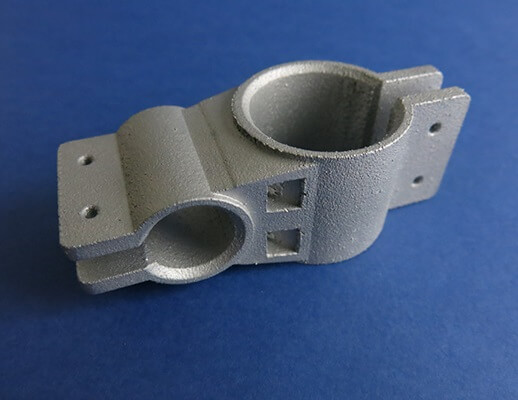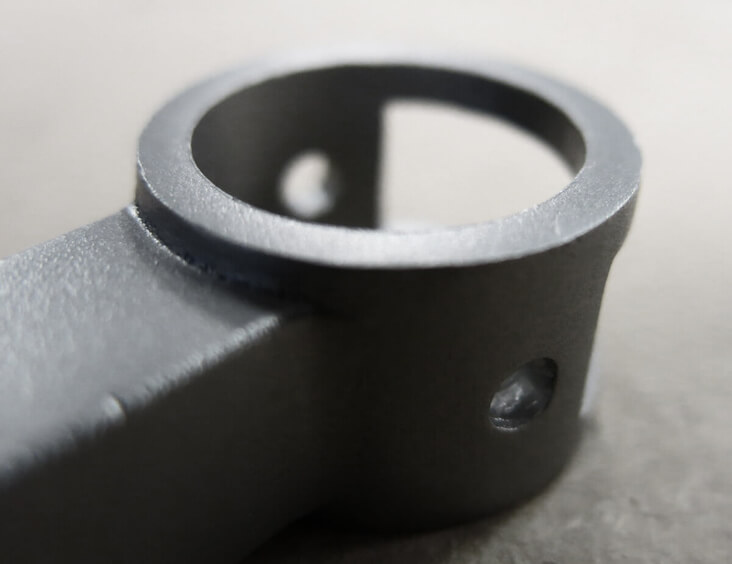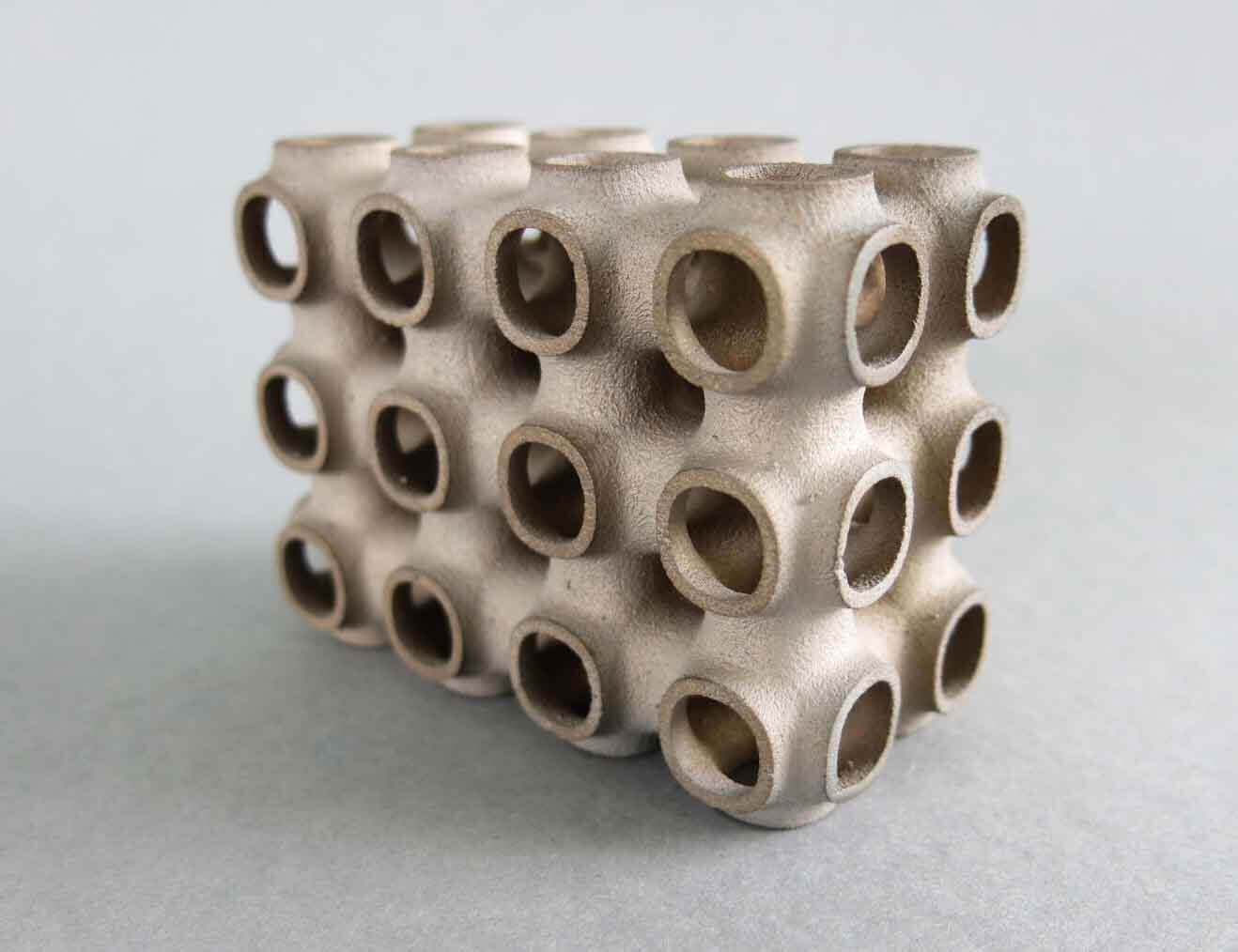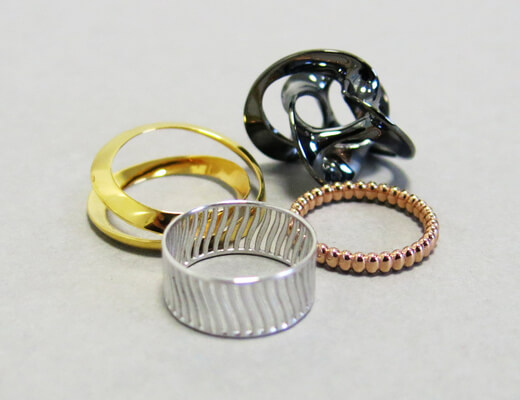Has it happened to you that your 3D printed part was not 100% accurate to the 3D model on your computer? Respecting the tolerances during the design process is essential for your 3D printed parts to be accurate. Different 3D printing tolerances depend on various factors: the limitations of the bed of the 3D printer, the size of the 3D printer, the restrictions of the printing materials. Let’s see what actually are the 3D printing tolerances.
Tolerances in 3D printing– the allowable amount of different quantities.
Quantities:
Layer Thickness– explained in µm (micrometer) is the thickness of each layer laid by the 3D printer. As a reference: an average single hair is 20-100 µm thick
Wall Thickness– a minimum thickness of the wall that your 3D model must have to be properly printed, usually indicated in millimeters
Detail– the height or depth of the details, explained in millimeters
Clearance– spacing between two parts, presented in millimeters
Size– maximum size your 3D model. It is limited by the 3D printer and indicated in millimeters or inches
Shrinkage– a process of the 3D model shrinking due to the heat or walls being too thin. As a result, your 3D print will be smaller. Shrinkage amount is explained in percentage
Accuracy– an indicator of the precision of your 3D model and the 3D print you will receive, it’s commonly indicated with a percentage which is the difference that there can be between your 3D model and your final 3D object
It’s very important to keep the design tolerances in mind when designing your model for 3D printing to avoid any problems during the process. If your object’s walls will be too thin, shrinkage may occur or the object will collapse. 3D printing allows for integrating two objects reducing the assembly time, but not respecting the minimum clearance will resolve in the meltdown of the two separated parts. Sometimes your part might come out of the printer in the wrong size because the shrinkage amount was not taken into consideration before uploading the design.
To help you getting started improving your production process with Additive Manufacturing we will cover in this blog post all of Sculpteo’s 3D printing technologies and for each one, we will list the main 3D printing tolerances: layer and wall thickness, minimum detail and clearance, maximum raw size, possible shrinkage and the accuracy of the technology. By the end of this blog post, you will know the correct tolerances for different 3D printing technologies.


 Connect with Google
Connect with Google Connect with Facebook
Connect with Facebook